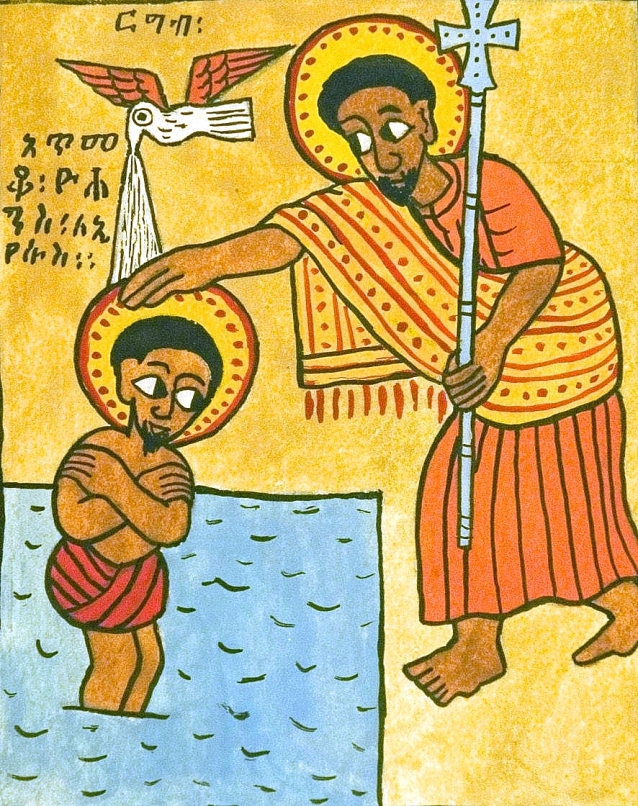Source: http://en.wikipedia.org/wiki/Ethiopian_Zion_Coptic_Church
The Ethiopian Zion Coptic Church is a mansion of the Rastafari movement that flourished in the 1970s in Jamaica and was incorporated in Florida in 1975. Members of the movement say it is based on the teachings of Marcus Garvey and that they use cannabis as the Rastafari sacrament.[1]
In 1979 the group was accused, tried, and convicted of smuggling massive amounts of potent cannabis from Jamaica to Miami in actions that kept the Jamaican economy afloat that decade. The incumbent Jamaican Prime Minister Edward Seaga told a U.S. interview “It’s just a little sin semilla that it keep the country going right now”. The Coptics published a free newspaper promoting Garveyism and the decriminalization of marijuana. They were also featured on a sensational episode of 60 Minutes on October 28, 1979. The group’s leader was Thomas Reilly, also known asBrother Louv. In 1986 the organization participated in the Drug Enforcement Administration‘s hearings on cannabis rescheduling in the United States.
On August 8, 1994 Jim Tranmer, a former member of the group, wrote a letter to Carl E. Olson while meditating on his 35-year prison sentence and his departure from the EZCC’s “malicious hierarchy”.
The EZCC is not associated with the Coptic Orthodox Church or the Coptic Catholic Church, both based in Egypt. The Coptic Orthodox Church has an Ethiopian sister church, which is also unrelated.
The Zion Coptic Church was featured in the 2011 Billy Corben documentary Square Grouper: The Godfathers of Ganja, whose first section concerns the group and features interviews with former members.
Marijuana and the Bible
History of the Ethiopian Zion Coptic Church, by Walter Wells
The Law and Brother Louv, The Miami Herald, August 2, 1981
Ethiopian Zion Coptic Church, CBS News – 60 Minutes, Volume XII, Number 7, Oct. 28, 1979.
Coptic Gets 35 Years, Jim Tranmer, Aug. 8, 1994.
In 1979 the Supreme Court of Florida found: (1) the Ethiopian Zion Coptic Church represents a religion within the first amendment to the Constitution of the United States, and (2) the “use of cannabis is an essential portion of the religious practice.” Town v. State ex rel. Reno, 377 So.2d 648, 649 (Fla. 1979), cert. denied, 449 U.S. 803 (1980). “Further, the Ethiopian Zion Coptic Church is not a new church or religion but the record reflects it is centuries old and has regularly used cannabis as its sacrament.” Id.
In 1980 several members of the church were arrested unloading 20 tons of marijuana from a boat off the coast of Maine. United States v. Rush, 738 F.2d 497 (1st Cir. 1984), cert. denied, 471 U.S. 1120 (1985). The court found: 1) that the Ethiopian Zion Coptic Church is a religion embracing beliefs which are protected by the First Amendment; 2) that the use of marijuana is an integral part of the religious practice of the Church; and 3) that [all of the defendants] are members of the Church and sincerely embrace the beliefs of the Church. 738 F.2d at 512.
In 1984 the Supreme Court of Iowa found: “Olsen is a member and priest of the Ethiopian Zion Coptic Church. Testimony at his trial revealed the bona fide nature of this religious organization and the use of marijuana within it.” State of Iowa v. Carl Eric Olsen, No. 171/69079 (Iowa 1984).
In 1989 Olsen filed a petition with the DEA for an exemption from the federal drug law for the sacramental use of marijuana similar to the existing exemption from the federal drug law for the sacramental use of peyote. Olsen’s petition was denied by the DEA. Carl Eric Olsen v. Drug Enforcement Administration, 878 F.2d 1458 (D.C. Cir. 1989), cert. denied, 495 U.S. 906 (1990). The Court of Appeals found: “Olsen is a member and priest of the Ethiopian Zion Coptic Church,” 878 F.2d at 1459, and “the Ethiopian Zion Coptic Church is a bona fide religion with marijuana as its sacrament.” 878 F.2d at 1460.
Olsen’s case was cited on page 889 in Employment Division v. Smith, 494 U.S. 872 (1990), which held that the sacramental use of the Schedule I controlled substance peyote by the Native American Church was not protected by the U.S. Constitution where a religion neutral and generally applicable state law made peyote illegal for any purpose. No exemption existed for the sacramental use of peyote or any other controlled substance in Oregon.
In June 1993, the U.S. Supreme Court held that a state law banning a religious practice where other individuals are allowed to do the same thing for a secular purpose cannot withstand constitutional scrutiny without a showing of compelling state interest. Church of Lukumi Babalu Aye v. City of Hialeah, 508 U.S. 520 (1993).
In November 1993, Congress unanimously overturned Employment Division v. Smith in 1993 by enacting the Religious Freedom Restoration Act (RFRA).
In 1994, Congress enacted the American Indian Religious Freedom Act Amendments (AIRFAA), requiring all 50 states to allow the sacramental use of the Schedule I controlled substance peyote by members of the Native American Church.
In 1996, states began enacting medical marijuana laws that allow personal cultivation and distribution without profit if a doctor agrees. Since 1996, a total of 15 states have enacted such laws.
In 1997, the U.S. Supreme Court struck down RFRA as applied to the states in City of Boerne v. Flores, 521 U.S. 507 (1997).



0 Comments